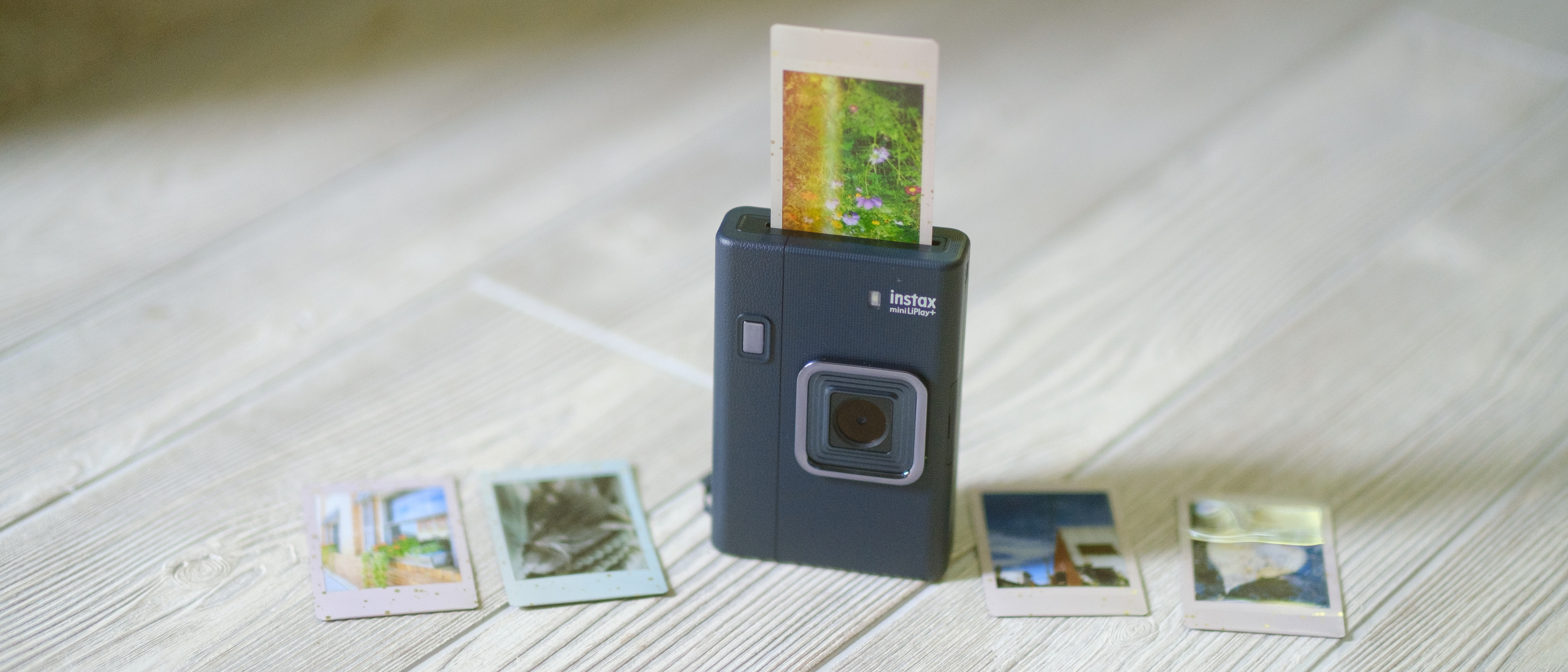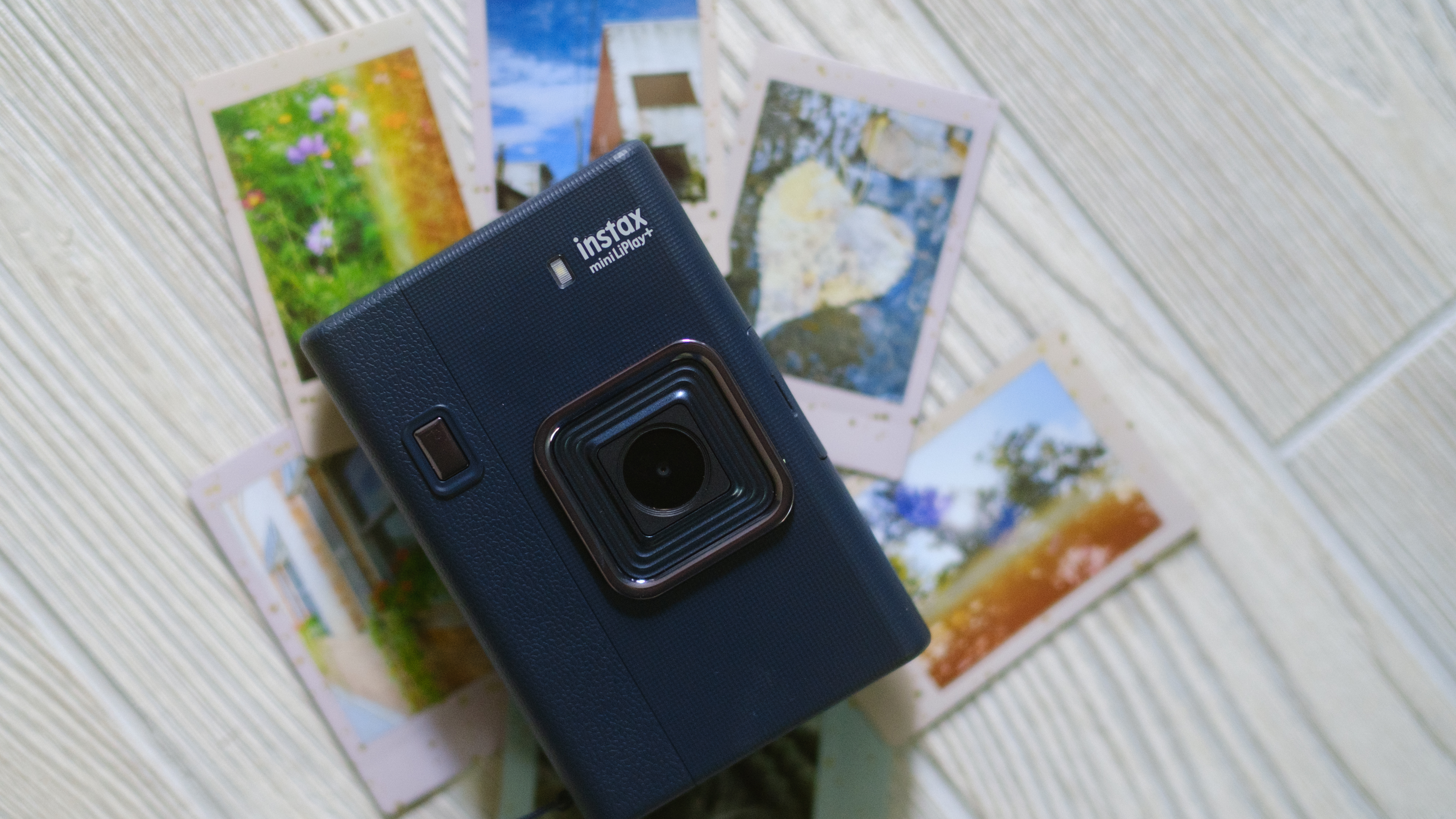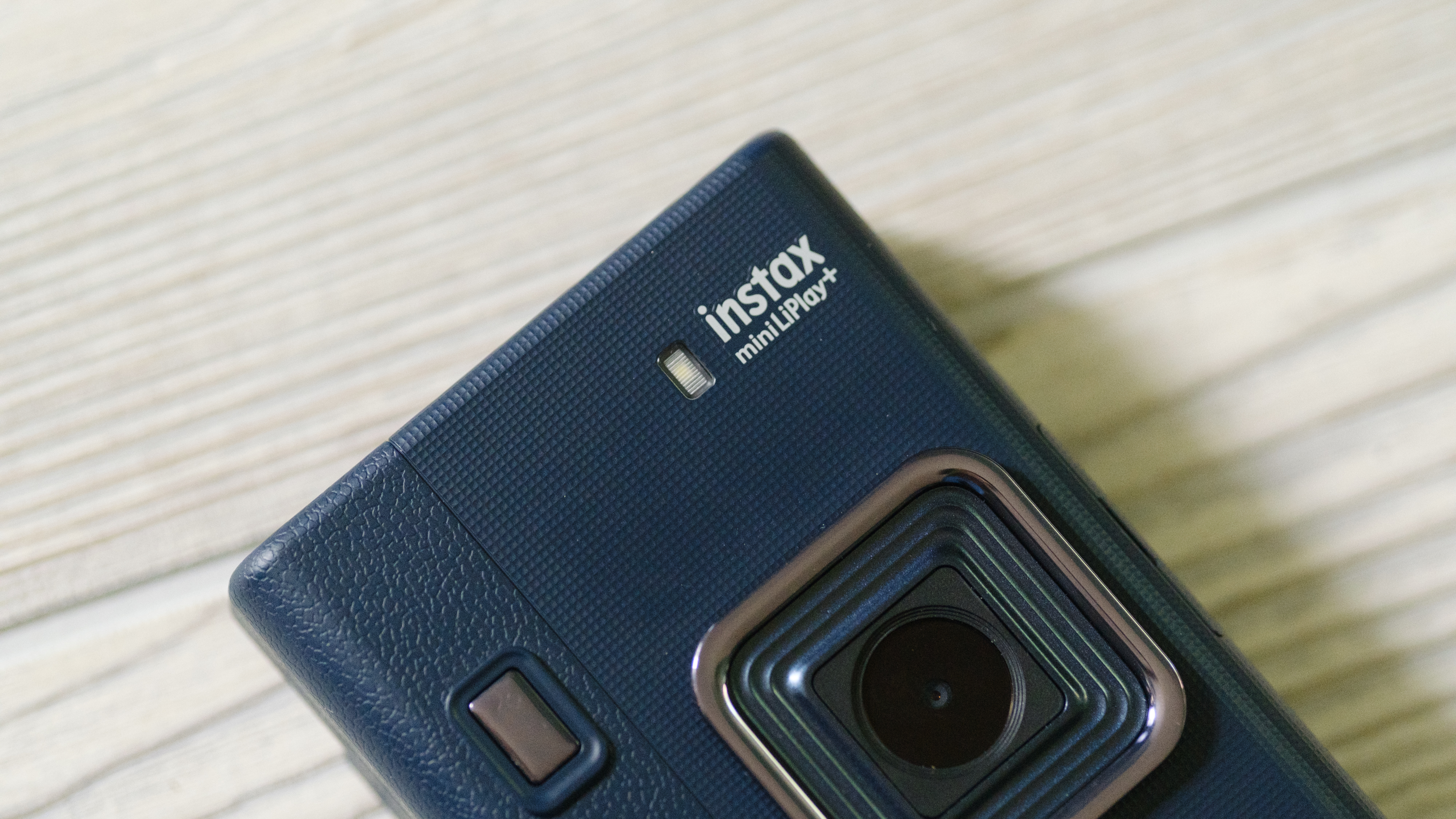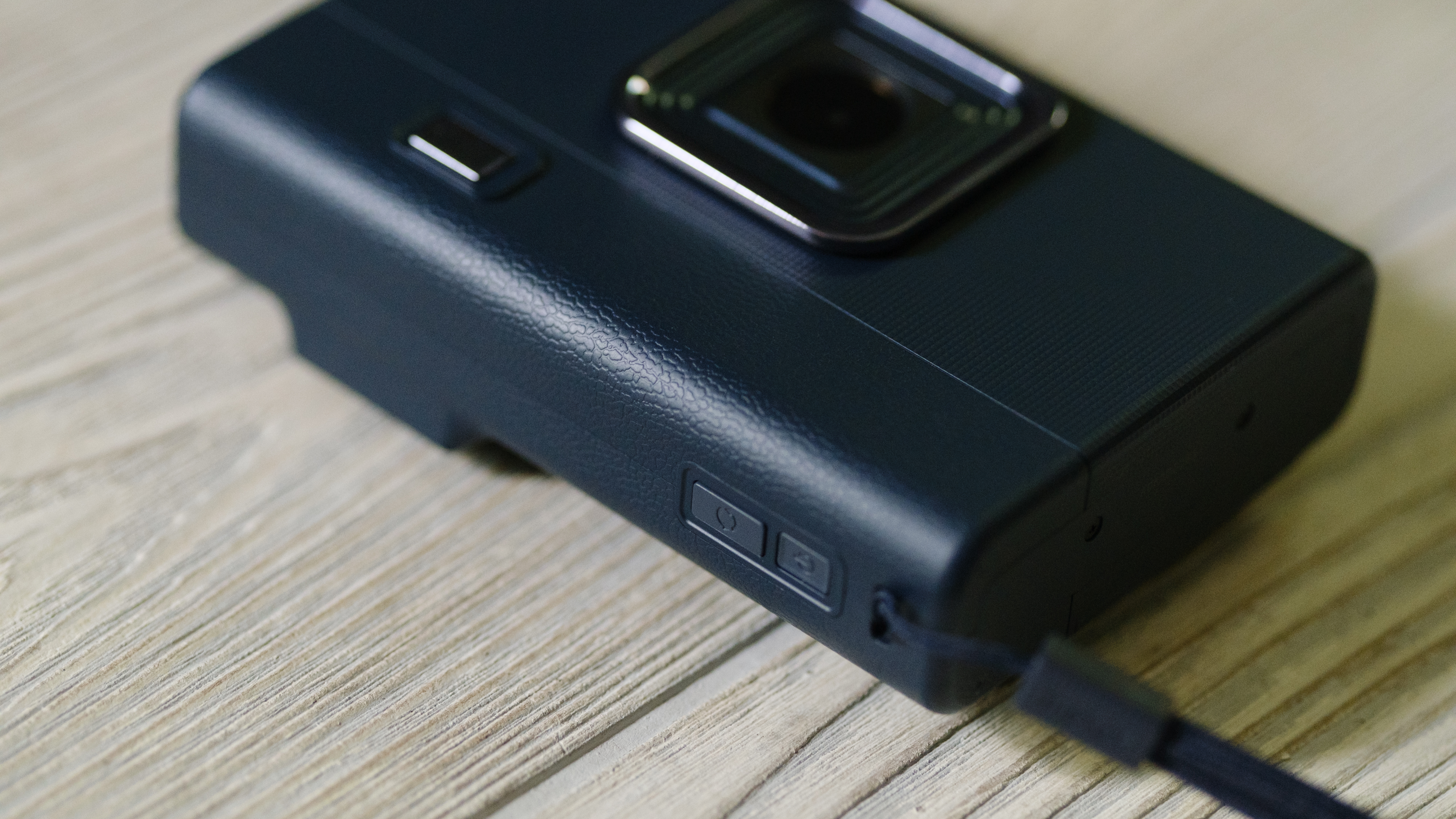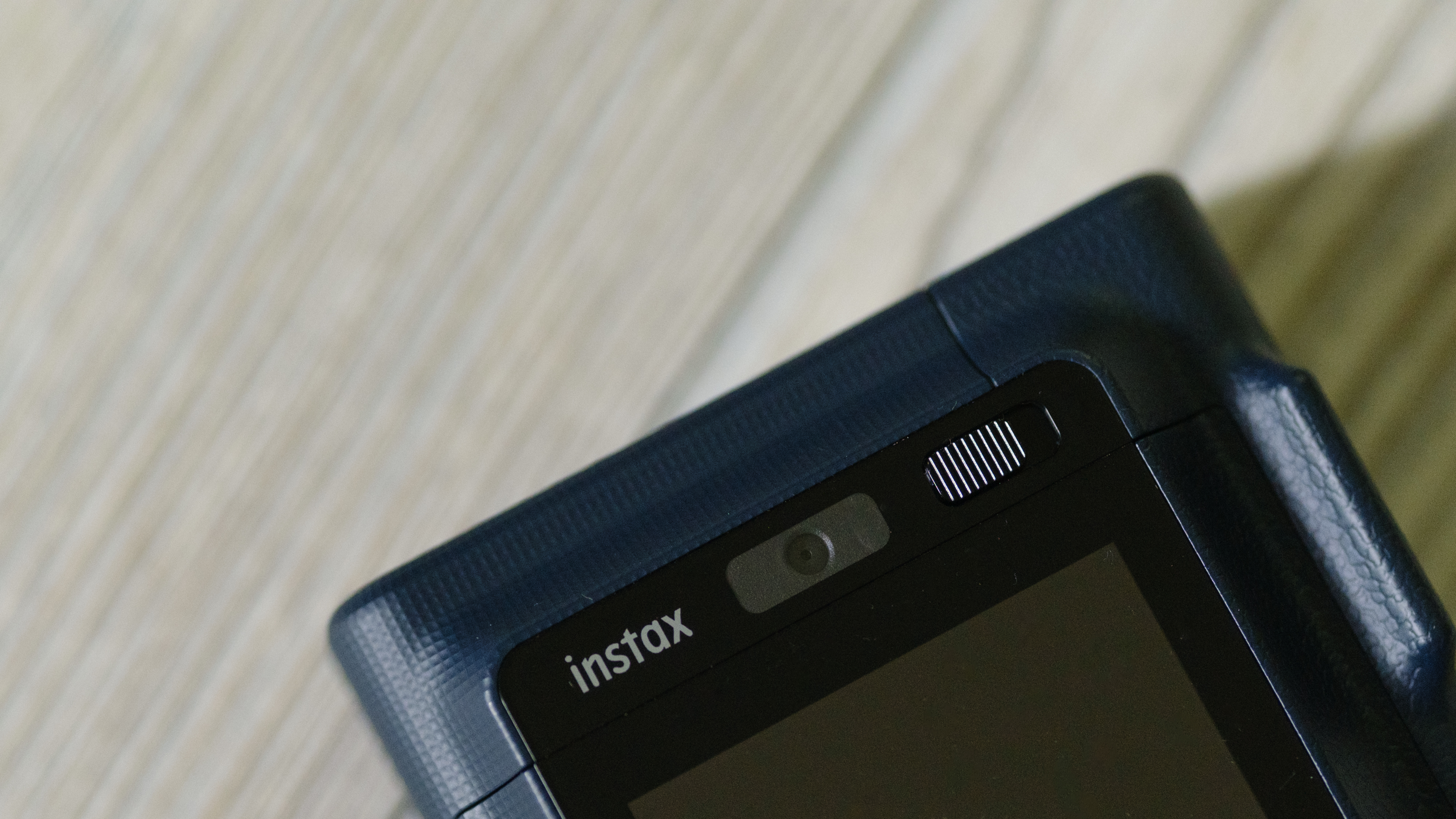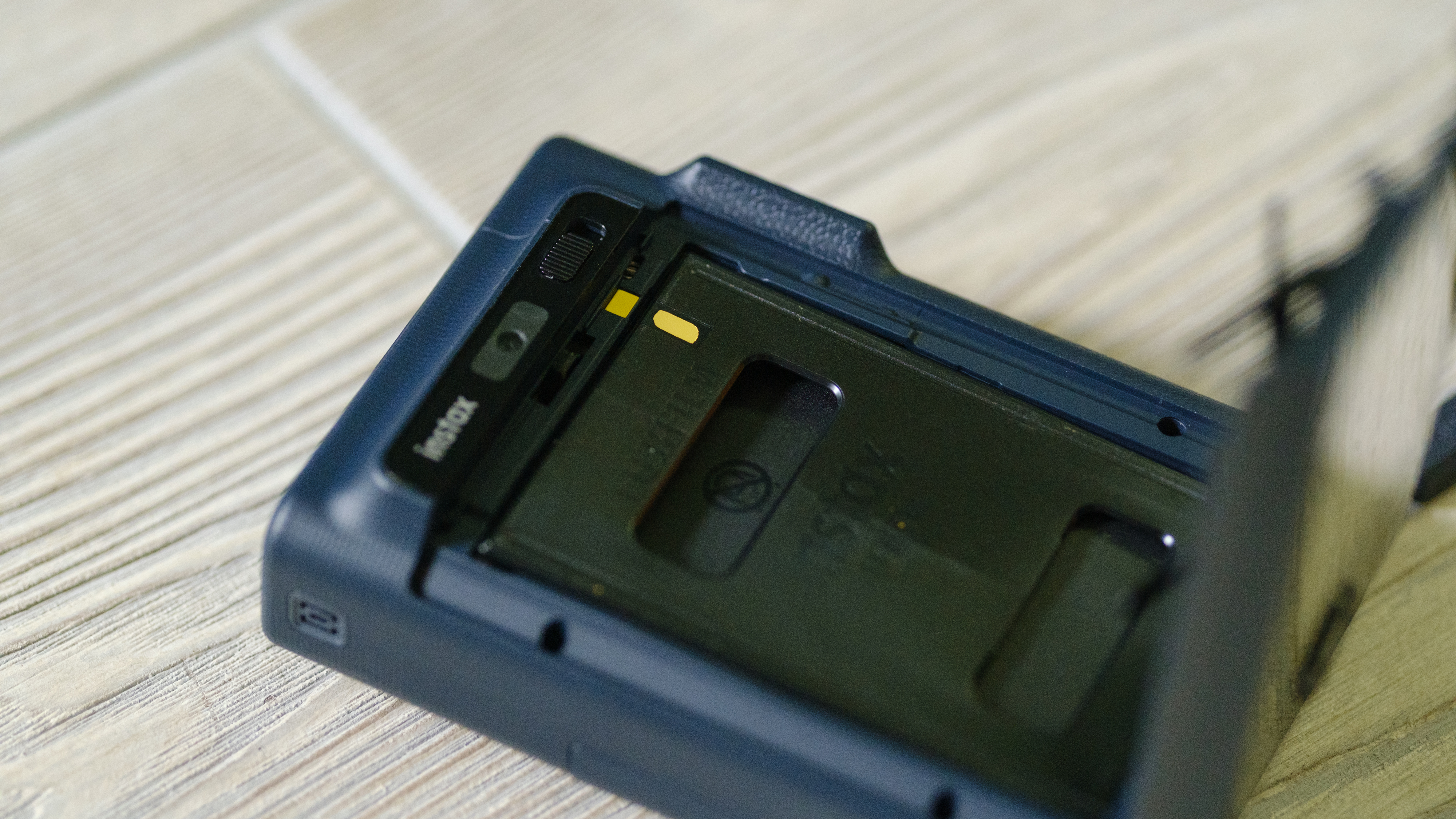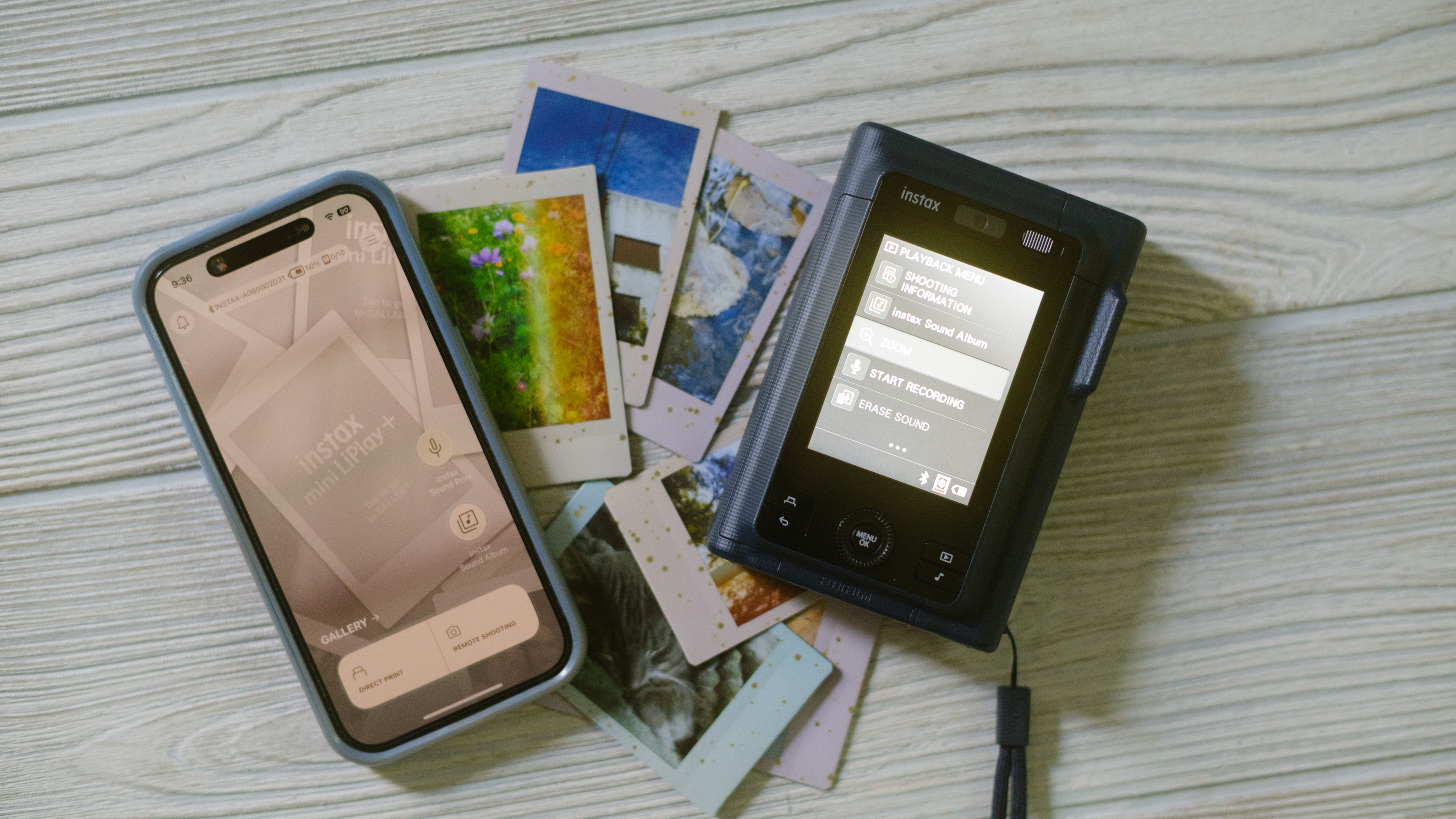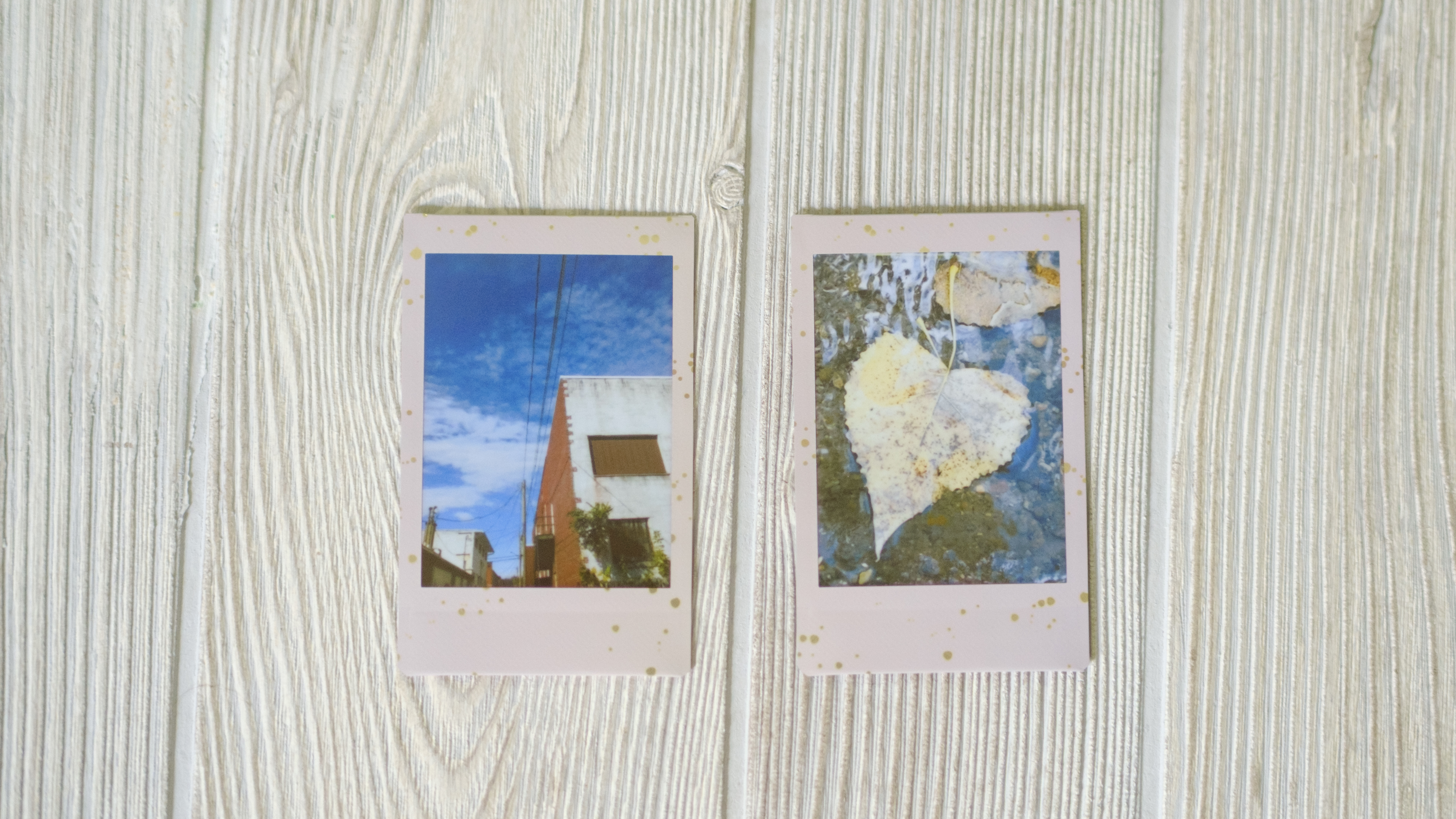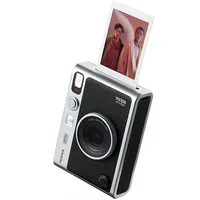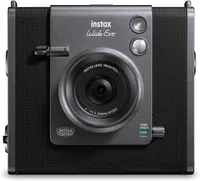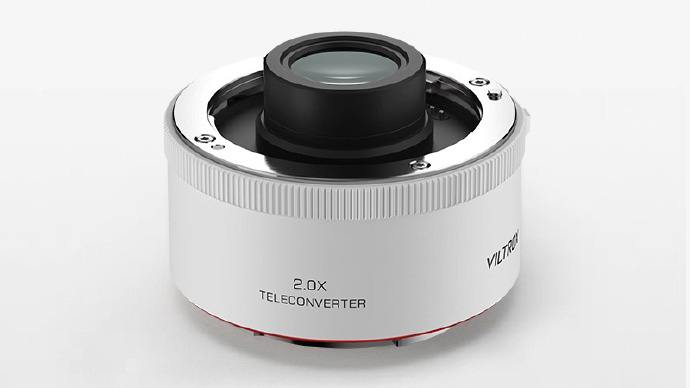Digital Camera World Verdict
The Instax Mini LiPlay+ is a digital camera that still spits out instant film prints. The 4.9MP images won't be better than a smartphone, but the LiPlay+ is a compact camera that's fun to use and packed with lo-fi retro charm. Annoyingly, the camera can only transfer images to the app if they've already been printed – which feels counterintuitive. Ultimately, the LiPlay+ is everything I expected and well done – but I prefer the Instax Mini Evo, which is about the same price.
Pros
- +
Digital and film hybrid
- +
Color profiles and frames
- +
Fun to use
- +
Relatively compact
- +
Selfie camera
Cons
- -
App can only transfer images that have already been printed
- -
Some autofocus misses
- -
4.9MP lo-fi camera
- -
100-shot battery life
- -
Price is a bit high
Why you can trust Digital Camera World
Fujifilm’s hybrid digital instant cameras are the instant film equivalent of having your cake and eating it, too, taking both digital images and spitting out prints on real instant film. Its newest hybrid, the Instax Mini LiPlay+, takes that dual format and adds dual lenses, incorporating a rear-facing selfie camera along with the usual front camera.
Like its other hybrids, the Instax Mini LiPlay+ enables me to save the film for the best images that I really want to keep, and offers the ability to retake the shot to get it just right without wasting film. The LiPlay+ takes everything I loved about the original Instax Mini LiPlay and adds a refreshed look with a second rear camera.
The Instax Mini LiPlay+, however, arrives at a time when compact cameras are making a comeback. Retro fans are buying up old 2000s-era digicams, tired of the increasingly “perfect” smartphone snapshots.
The Instax Mini LiPlay+ may not be a 20-year-old camera, but its megapixel count in the single digits – mixed with the nostalgic charm of instant film – could very well make this camera a win among shoppers looking for a cheap camera with retro charm. The biggest catch? The LiPlay+ is priced nearly identically to the even more retro Instax Mini Evo…
Instax Mini LiPlay+: Specifications
Sensor | 1/5 type CMOS |
Resolution | 2560x1920 |
Storage | 45 images internal memory, MicroSD card compatible |
Main Lens | 28mm equivalent, f/2.0 |
Selfie lens | 23mm equivalent, f/2.2 |
Exposure control | Program AE |
Exposure compensation | -2 EV to +2 EV |
Screen | 3-inch LCD, 920,000 dots |
Film | Instax Mini |
Film size | 3.38 in. x 2.13 in. / 86 x 54 mm |
Film photo size | 2.44 in. x 1.81 in. / 62 x 46 mm |
Battery | Up to 100 prints |
Instax Mini LiPlay+: Price and availability
The Instax Mini LiPlay+ retails for about $235 / £190 / CA$280 and is available from a variety of retailers (Australian pricing has not yet been announced).
That puts the LiPlay+ in a bit of an awkward spot in the Instax lineup. The previous LiPlay was the budget option compared to the brand’s other hybrid cameras, the Instax Mini Evo and Wide Evo. The LiPlay+ is now about the same price as the Mini Evo, making it less of a budget choice and more of a selfie-focused alternative.
The LiPlay+ is still significantly less than the newer Evo Wide, which takes a larger film format.
The best camera deals, reviews, product advice, and unmissable photography news, direct to your inbox!
Instax Mini LiPlay+: Design & Handling
The Instax Mini LiPlay+ looks noticeably different from the previous generation with a boxier, more modern design paired with simple controls. Rather than a two-tone color like the Mini Evo, the LiPlay+ is one solid color – but there are two different textures to add a bit of subtle detail.
The LiPlay+ measures just under 5x3 inches or about 8x12 cm. The camera is just under 1.5 inches / 4cm thick. I would still call the Liplay+ a compact camera, but building the space for the instant film cartridge does make it bulkier than compacts that can’t print. It’s pocketable, but more so for a jacket pocket than a jeans pocket.
The LiPlay+ is designed to be held vertically, rather than the more traditional horizontal. The front of the camera has a square framing the lens and a shutter release to take the photo on the front. This is similar to the previous LiPlay, but bucks the traditional shutter release on the top right of the camera.
This unusual arrangement is done on purpose because the Instax Mini frames are a more natural fit to vertical images, where printed horizontal images feel a bit sideways. Hold the camera vertically and the control layout makes much more sense: there’s a thumb rest on the back and you can take photos one-handed with the right index finger.
Of course, the LiPlay+ is both a digital camera and an instant camera, and you can still shoot horizontal images. The ergonomics just feel a bit out of whack shooting horizontally, as you’ll use your left index finger to snap the photo instead – which also makes it a bit more awkward to shoot one-handed.
Where most cameras have the shutter release on the top near where the right index finger rests, there is the on-off button and a button to switch to the rear selfie cam. (It’s admittedly easy to accidentally press this when snapping a horizontal photo, as the right-hand trigger finger is muscle memory.)
The back of the camera is dominated by a large screen. This is really one of the hybrid camera’s biggest perks: you can choose which photos to print, so you don’t waste film on bad images that you don’t want.
Under that screen, if held in that proper vertical position, there’s an array of menu controls including a print button, back button, playback and mode button. The menu button is wrapped with a rotating dial to move up and down the menu, and those arrow keys also double as shortcuts to access filters, flash, frames and a selfie timer.
At the top of the screen, there’s a small selfie camera – held horizontally, it’s easy to block this with your hand, but again the LiPlay+ is best shot vertically.
Next to that selfie camera, there’s a small switch that pops open the door to load the film cartridge. A yellow mark on the camera and the film matches up to make sure you’re not installing the film backwards, though the film doesn’t really fit if you try to install it backwards, so there’s little room for error. Instant prints pop out of the top of the camera (or the side, if you’re holding it horizontally).
The battery life on the LiPlay+ is rated to 100 prints, which feels a bit on the low end, though to be fair, that's comparing the camera to others without a built-in printer. I took around 150 images and printed about 10 of them when the battery icon started showing red.
Instax Mini LiPlay+: The App
The camera connects to smartphones using the Mini LiPlay app, which is available on iOS and Android. Connecting the camera to the app was fairly straightforward and quick – tap on connect camera, then in the camera menu go to the Bluetooth Settings and Pairing Registration. After the first time pairing the camera, the camera will automatically show up in the list of options if powered on.
Inside the app, you can send images from your smartphone to the camera to be printed on Instax film. The opposite is also true, except that only the images that you’ve printed can be transferred to the smartphone. These printed photos show up as digital images with an Instax frame around them.
The inability to send unprinted images is a strange limitation, as Fujifilm’s non-Instax cameras can send much larger JPEGs over to a smartphone via Bluetooth. If you want to get the photo on your smartphone without printing, you’ll need to use a microSD card reader on your phone.
The app can also be used to trigger a photo remotely for taking a selfie on a tripod.
The mobile app also has some customization options for the camera. For example, you can pick out new frames besides the ones that come pre-programmed into the camera. Instax even enables users to create their own frames by using an image, and PNGs with transparent backgrounds are supported, so there are a lot of possibilities for creating your own looks – perhaps for a special event, or maybe you want to bring your favorite Photoshop brushes into the Instax.
The app also serves as a way to access other settings, along with using the app for future firmware updates.
Instax Mini LiPlay+ review: Performance
The Instax Mini LiPlay+ is about fun prints and classic charm, not megapixels. The camera captures stills that are about 1920 x 2560 pixels, which is just under 5MP. Images from the rear selfie camera carry the same resolution.
That’s plenty of resolution to spit out credit-card-sized instant film prints. The prints coming from the LiPlay+ are surprisingly vibrant. Prints still carry some of the unpredictability of film, with charming colors and occasionally more washed-out colors.
As any camera with megapixels in the single digits, however, the LiPlay+ certainly sits in the lo-fi digicam category – you probably shouldn’t view the digital files at 100%, where details quickly muddle and noise becomes readily apparent.
The digital files aren’t meant to be printed large or pixel peeped – they’re more meant for social sharing. After all, Instagram downsizes images to 1080 x 1350, so there’s still plenty of resolution to have both the physical instant film and social share too.
With such a small sensor, noise quickly muddies indoor images. But the camera’s built-in flash helps, provided the subject isn’t too far from the front of the camera. These low-light images still print fairly well on film, but are less appealing to look if you're inspecting them closely.
The camera’s small sensor means that the LiPlay+ is fairly limited at capturing a wide dynamic range. If you take a photo in bright sunlight, there’s fairly good odds that you’ll have some overexposed white highlights. Thankfully, the LiPlay+ does have exposure compensation, which enables you to lighten or darken the image by up to two stops, so it’s possible to fix a photo that’s skewing too bright or too dark.
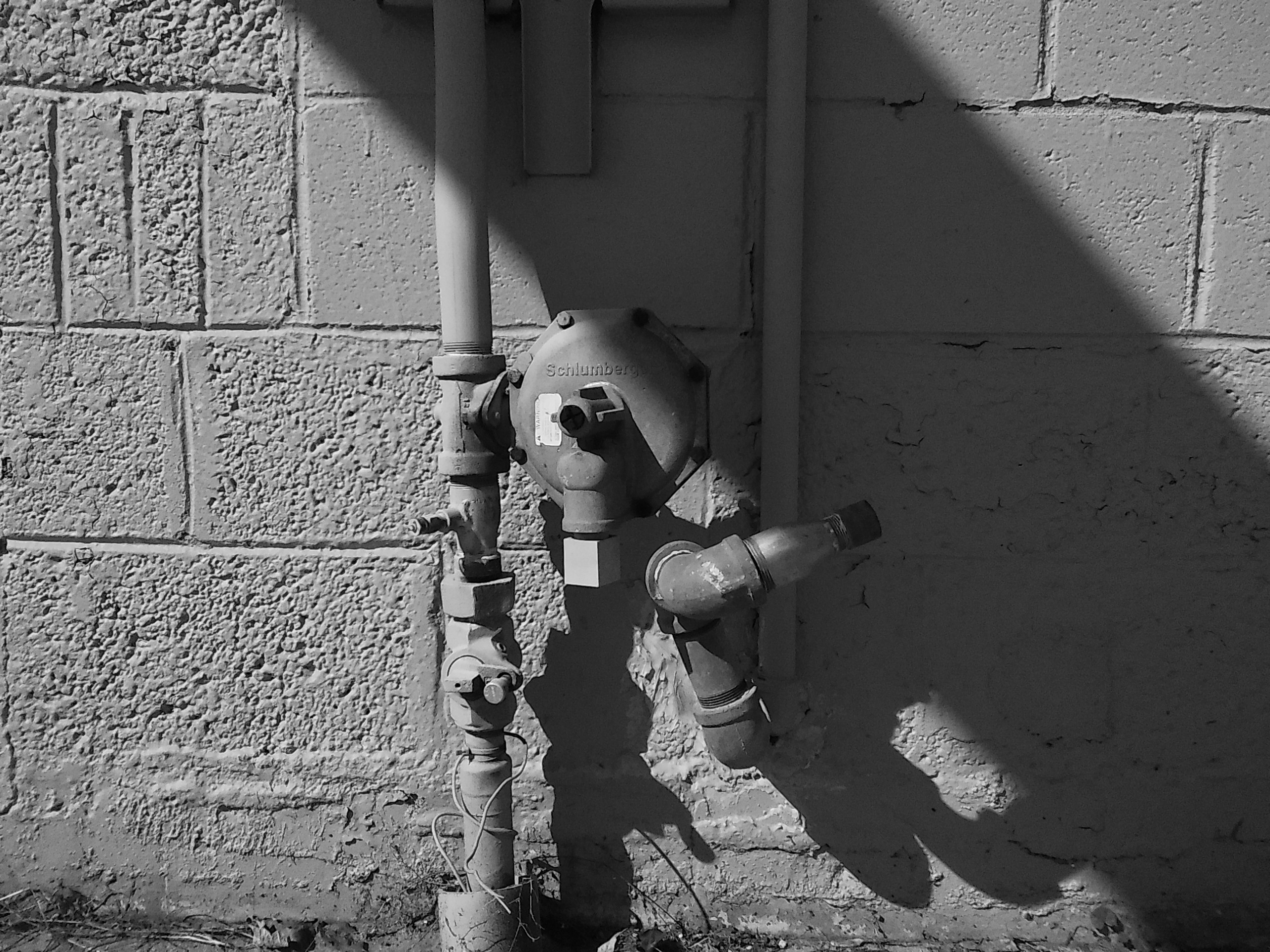
Part of the fun of the Liplay+ lies in the different filters and frames. The camera has a handful of profiles, including vibrant, black-and-white, and even a fisheye lens effect. Frames are overlays, like balloon drawings and banners. The frames are more cutesy, but there is a light leak effect that I love and you can create your own and add them using the mobile app.

The different color profiles available in the LiPlay+






Frames can be applied before you take the picture, or after in playback mode. The camera also allows you to rotate and crop an image before printing as well.
The LiPlay+ also has a handful of different shooting modes. Frame-in-frame uses the front and rear cameras to overlay two images. This is less picture-in-picture and more one photo used to frame another, as most of the image taken with the front camera is blocked by the second photo.

A sound picture enables you to record sound with the image and add a QR code to the print that will lead to a recording – a tool for sending friends messages, or recording someone’s voice with their portrait. A similar sound album mixes several images with sound, and creates a video playable from the QR code that animates those photos into Instax frames and plays those sounds.
The camera’s autofocus system is aided by an AF illuminator light. That enabled the LiPlay+ to perform fairly well indoors, still locking on the focus. However, the camera repeatedly refused to focus in a handful of scenarios – all of them extremely high-contrast shots, like this attempt at capturing the pattern made by the shadows here:
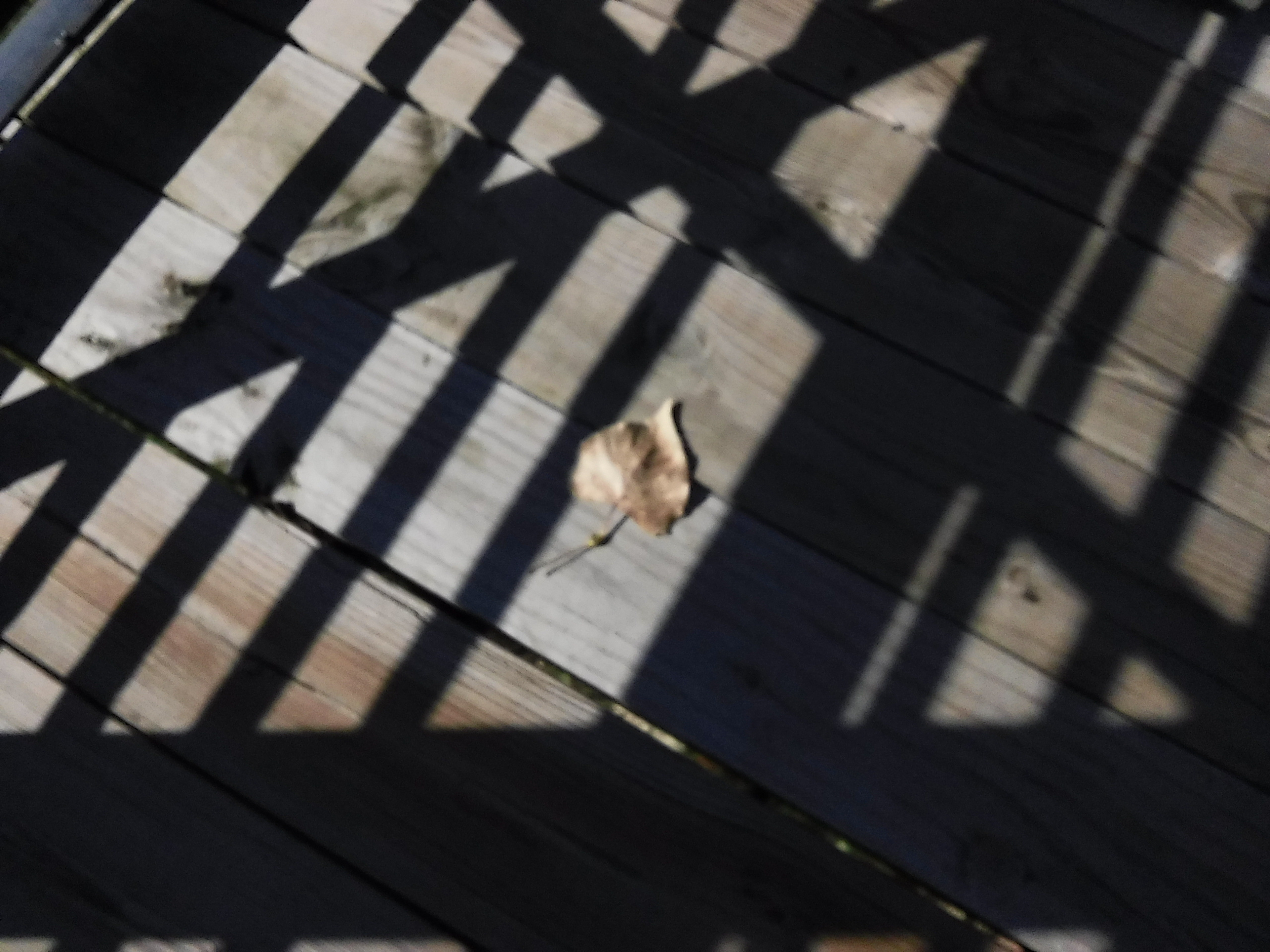
If you pick up the LiPlay+ expecting a fun, low-fi camera, you’ll likely be excited by the colorful prints this camera spits out. Nostalgia seekers browsing single-digit early 2000s digicams will love the low-fi images mixed with the ability to create colorful prints on real instant film and the (limited) option to send images to the smartphone app for sharing.
If you’re expecting images that rival those of a good smartphone camera, you’ll be disappointed – the under 5MP specs for this camera aren’t meant for high resolution pixel peeping.
Instax Mini LiPlay+ review: Sample Images





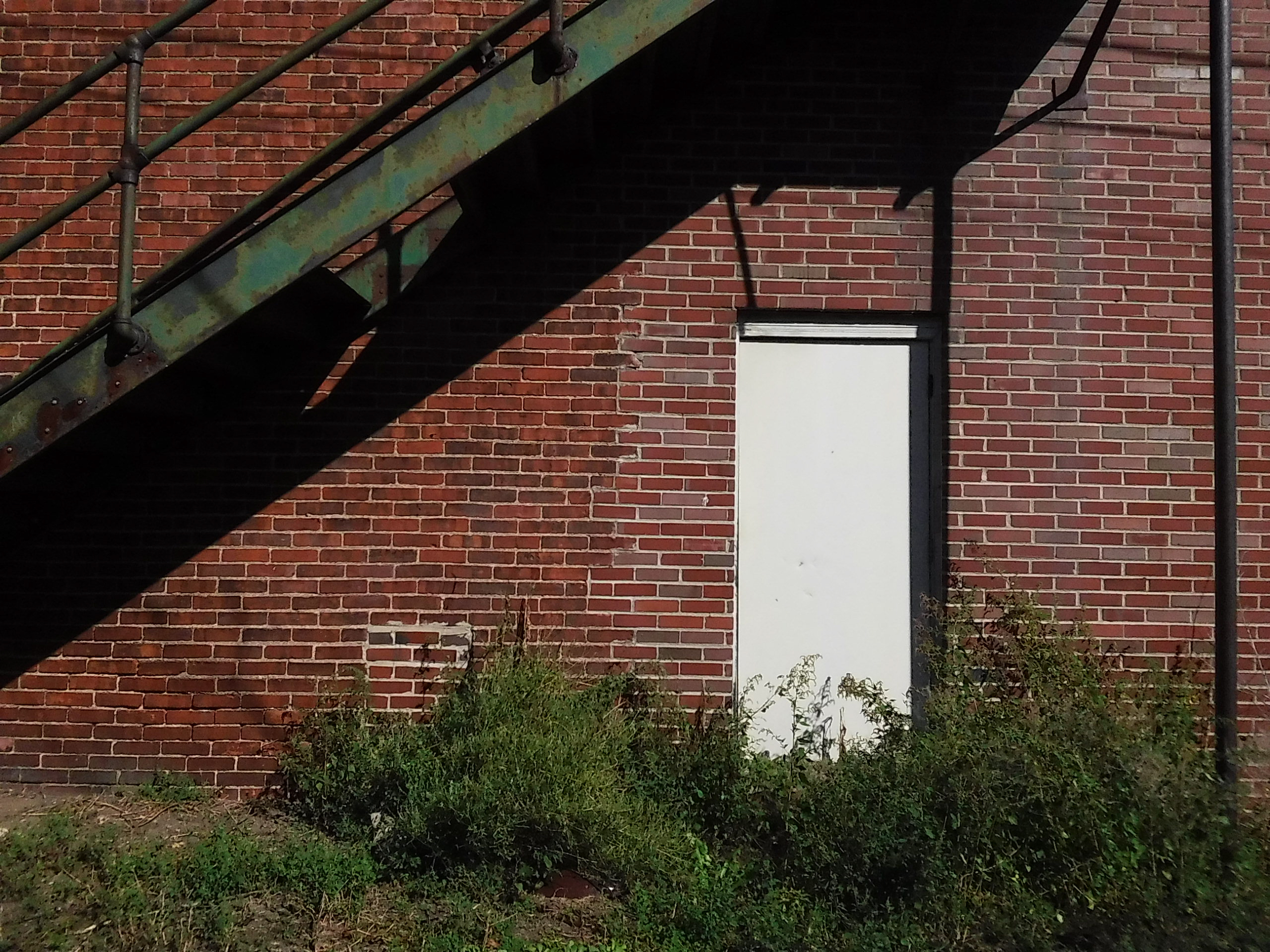
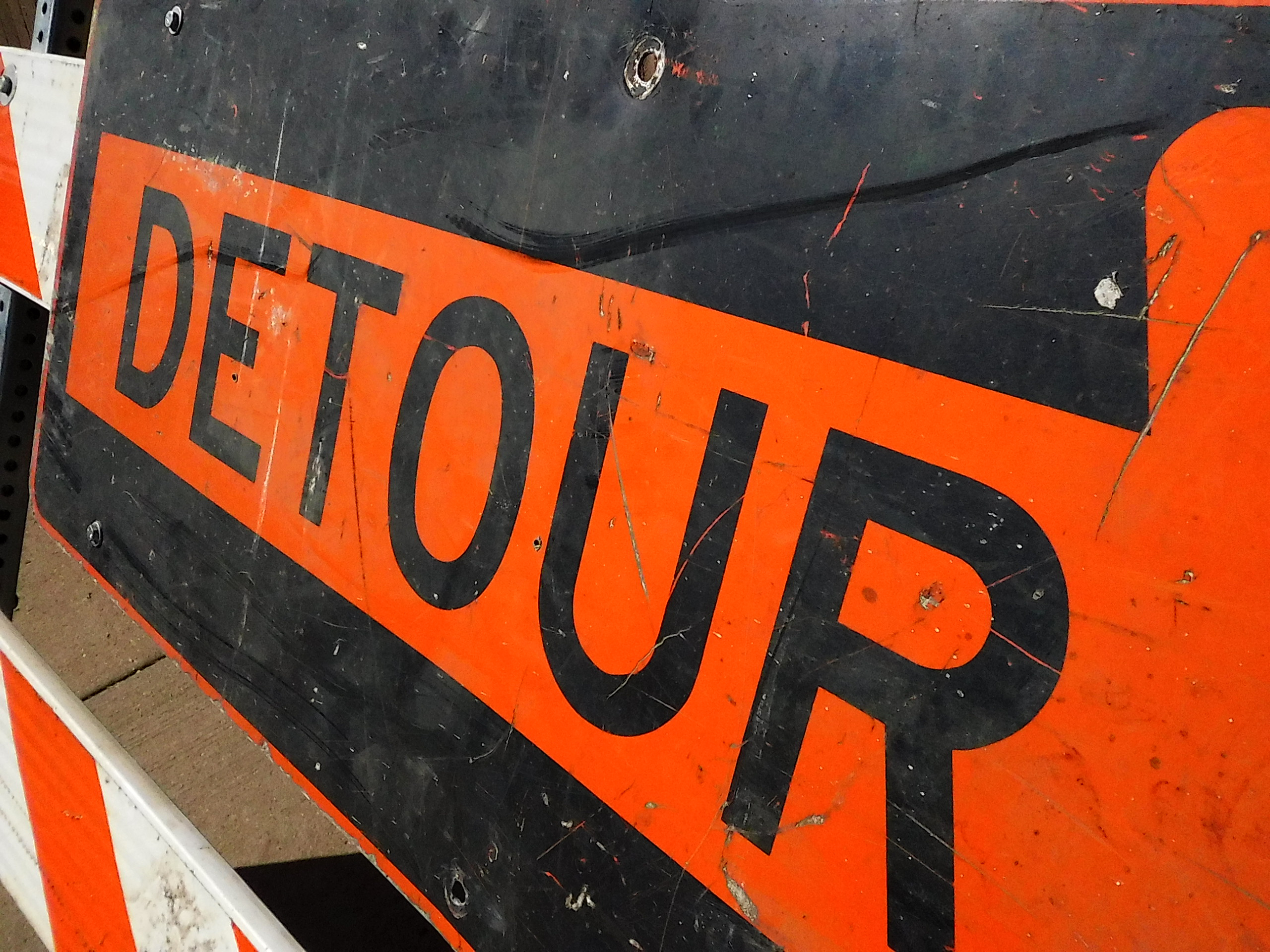

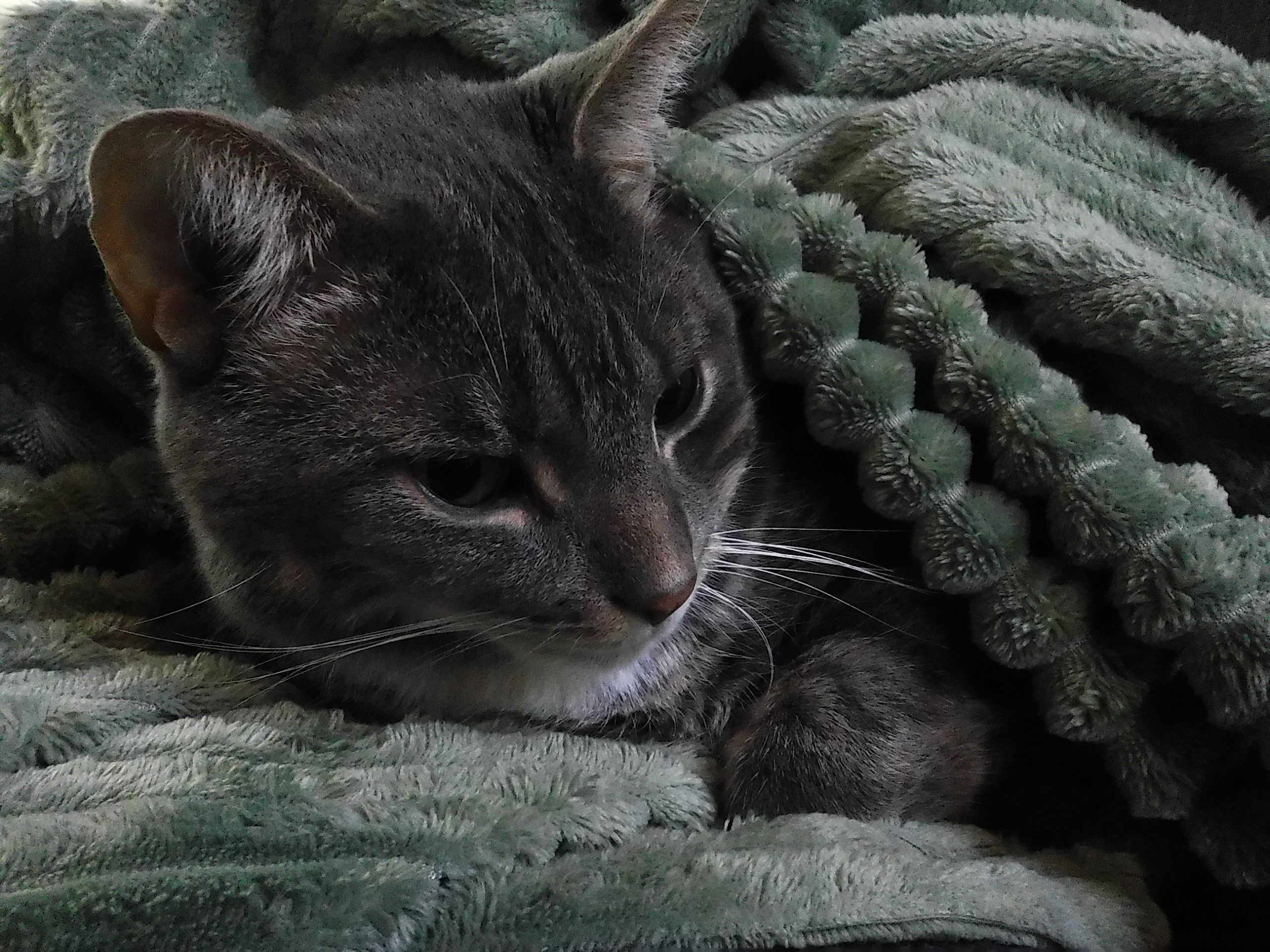
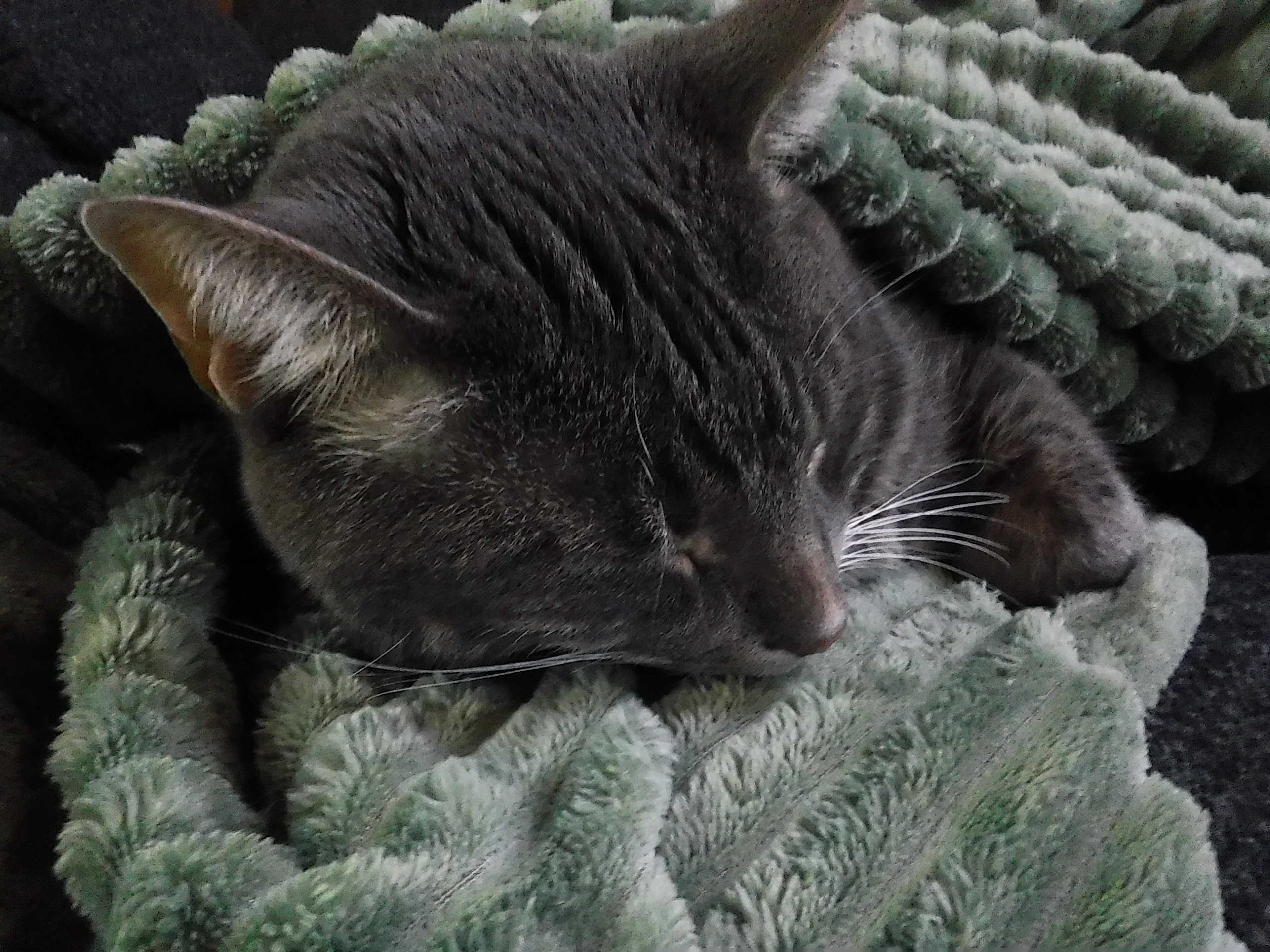





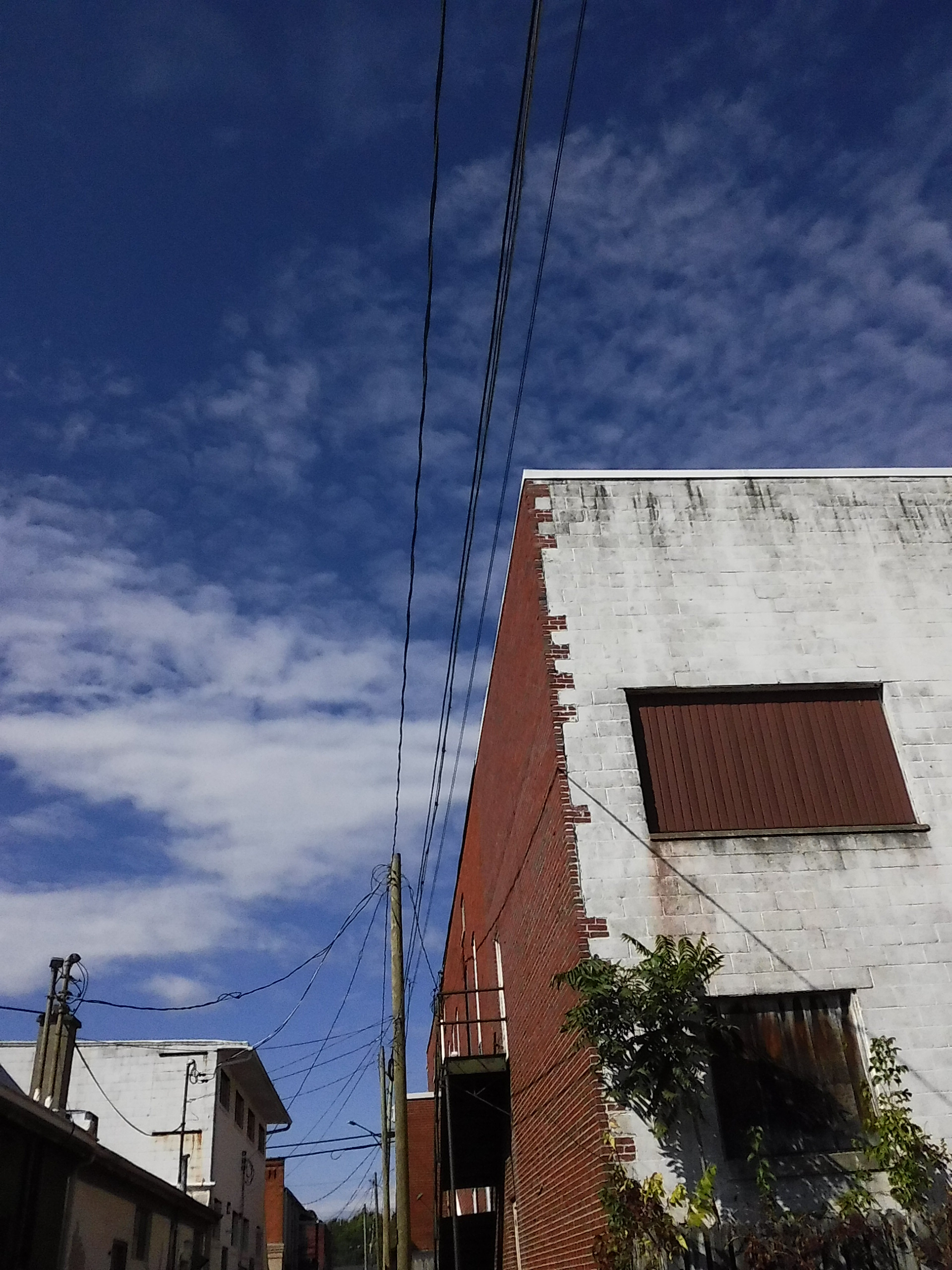

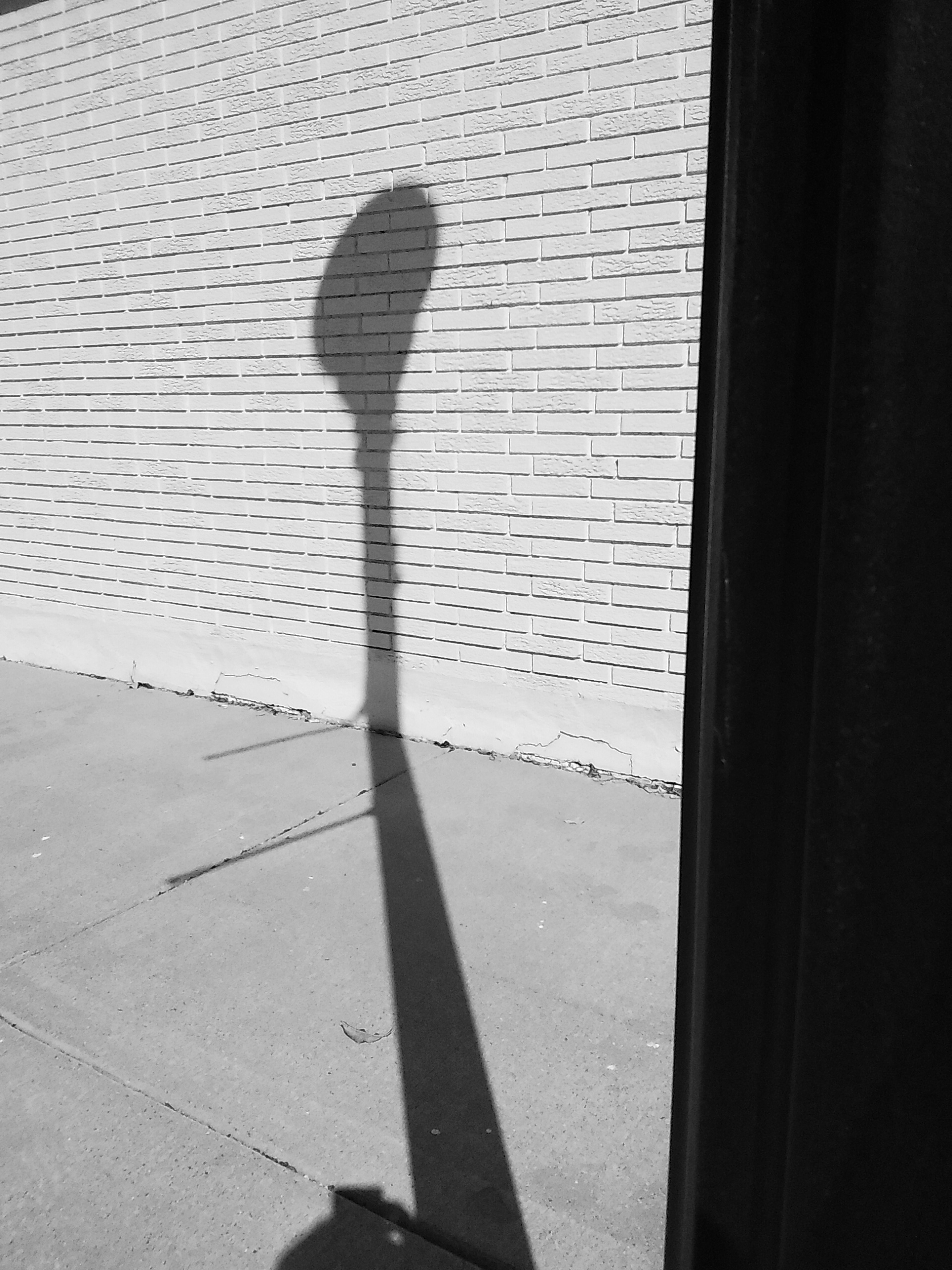
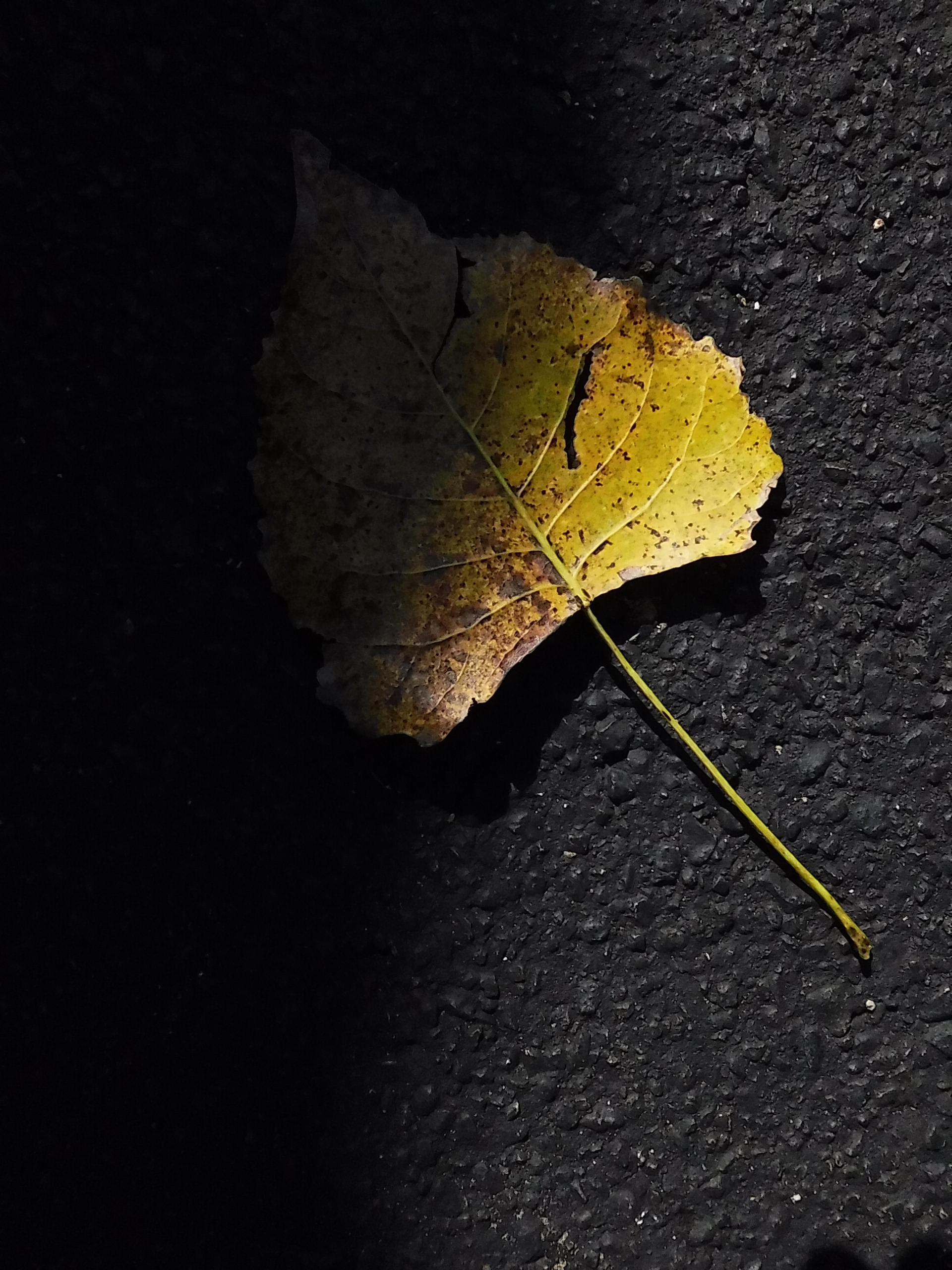
Instax Mini LiPlay+: Verdict
If you are looking for a compact camera that takes photos at least as good as a decent smartphone camera, walk away. That isn’t the kind of camera that the Instax Mini LiPlay+ is – it’s a low-resolution camera that’s more about the fun than the megapixels. (Although I admire your reading tenacity for making it this far.)
But if the retro camera trend has sent you browsing eBay for single-digit megapixel cameras, the Instax Mini LiPlay+ is worth considering. It creates charming lo-fi digital files, prints on instant film and is relatively portable and affordable. The dedicated camera is more fun to use than snapping photos with a smartphone.
The other type of photographer that I recommend the LiPlay+ for is kids and teenagers. My kids, nieces and nephews are all fascinated by instant film and love watching the image appear and decorating their room with prints.
The problem with giving a kid an instant film camera is that once they take ten photos, they can’t take any more without buying more film. That’s not true with a hybrid like the LiPlay+; you can continue taking photos once you run out of film, and you can choose not to print those accidental pictures of feet and fingers.
The inability to send digital files to the smartphone app without printing them first is a bit disappointing, though, and the camera occasionally had trouble focusing on high-contrast scenes.
My biggest problem with the LiPlay+ isn’t a problem with the camera itself, but rather an issue with the price. The LiPlay+ is set to retail at about $235 / £190. That’s the same price as the Instax Mini Evo in the US and slightly more in the UK.
If I had to choose between the LiPlay+ and the Mini Evo, I wouldn’t even have to think about it. The Evo’s retro design, abundance of controls and built-in creative effects make it my favorite cheap camera – and, like the LiPlay+, it’s a hybrid that takes digital photos and spits out instant film.
With the older LiPlay, there was a significant price gap between the two cameras. But if these two cameras are going to come in at the same price, then the Evo’s added creative tools and retro design win hands down.
The biggest thing that the Instax Mini LiPlay+ has that the Evo doesn’t is the second rear camera, instead using a small mirror on the front to help frame selfies with the front-facing camera. If you want a selfie camera, opt for the LiPlay+, but the Evo’s retro style and creative tools will still win out for most.
Alternatives
The Fujifilm Instax Mini Evo is a hybrid camera that shoots both instant film and digital images. The Evo has a much more retro design, including a film advance lever, and more filters and creative effects that the LiPlay+. It's my favorite of the two for the same price, though it does lack the selfie camera.
The Fujifilm Instax Wide Evo is the brand's best hybrid camera, but it's far more expensive than the Evo and LiPlay+. The added cost gets you larger prints, however, and a well-made design.
You may also like
Browse the best instant cameras and don't forget to check the instant camera film sizes to make sure you know what type of instant film you need.

With more than a decade of experience writing about cameras and technology, Hillary K. Grigonis leads the US coverage for Digital Camera World. Her work has appeared in Business Insider, Digital Trends, Pocket-lint, Rangefinder, The Phoblographer, and more. Her wedding and portrait photography favors a journalistic style. She’s a former Nikon shooter and a current Fujifilm user, but has tested a wide range of cameras and lenses across multiple brands. Hillary is also a licensed drone pilot.
You must confirm your public display name before commenting
Please logout and then login again, you will then be prompted to enter your display name.
